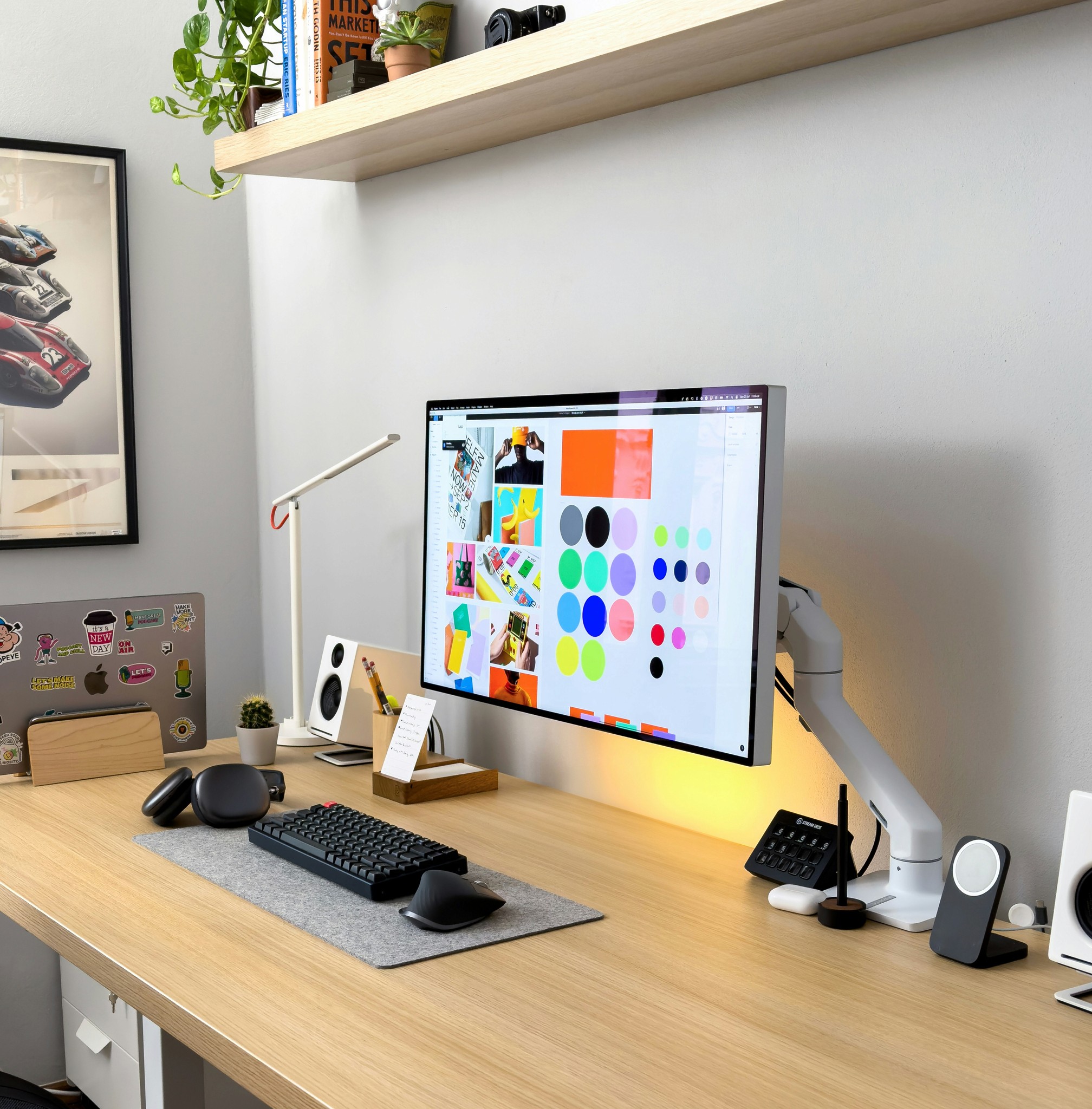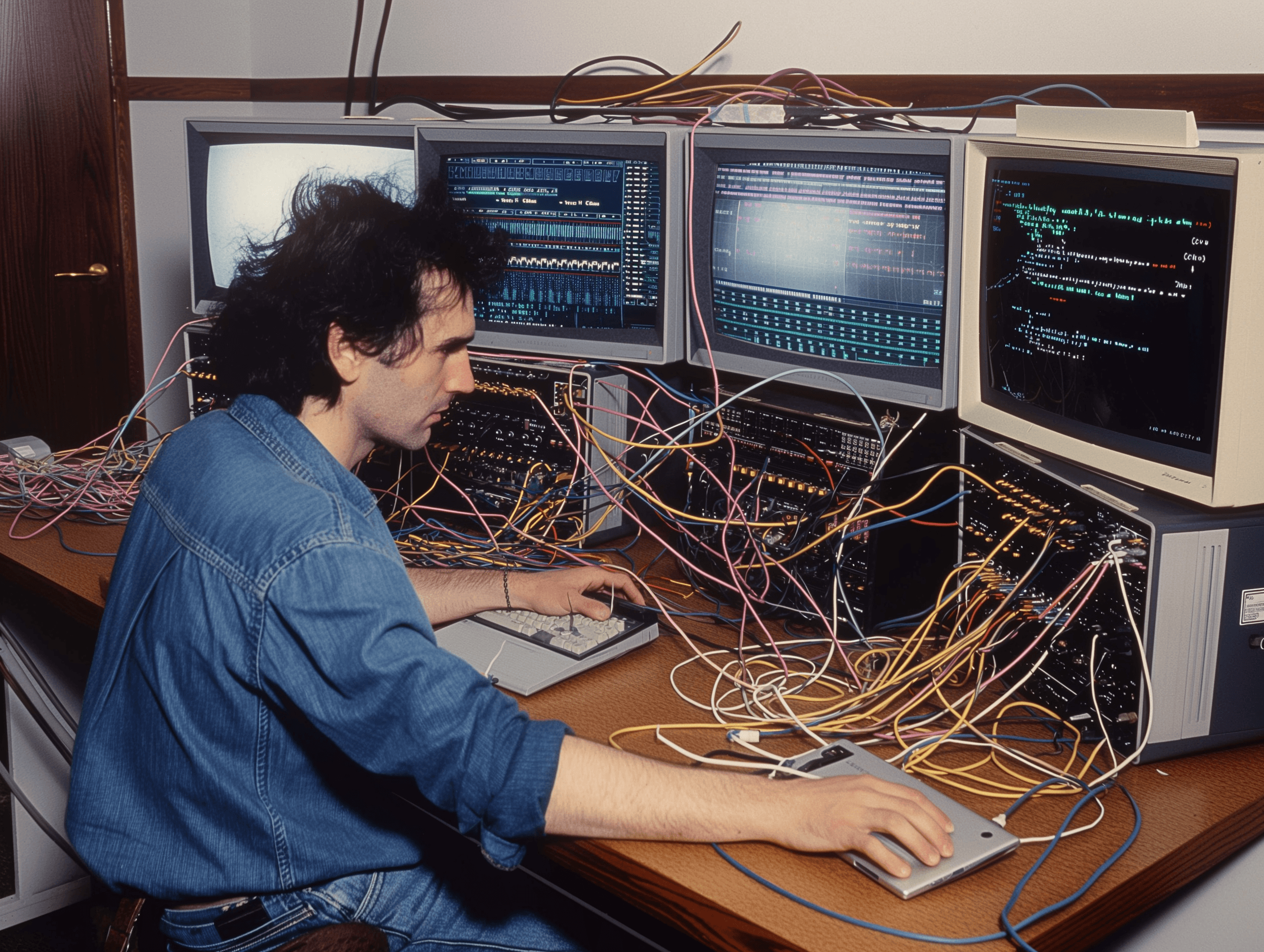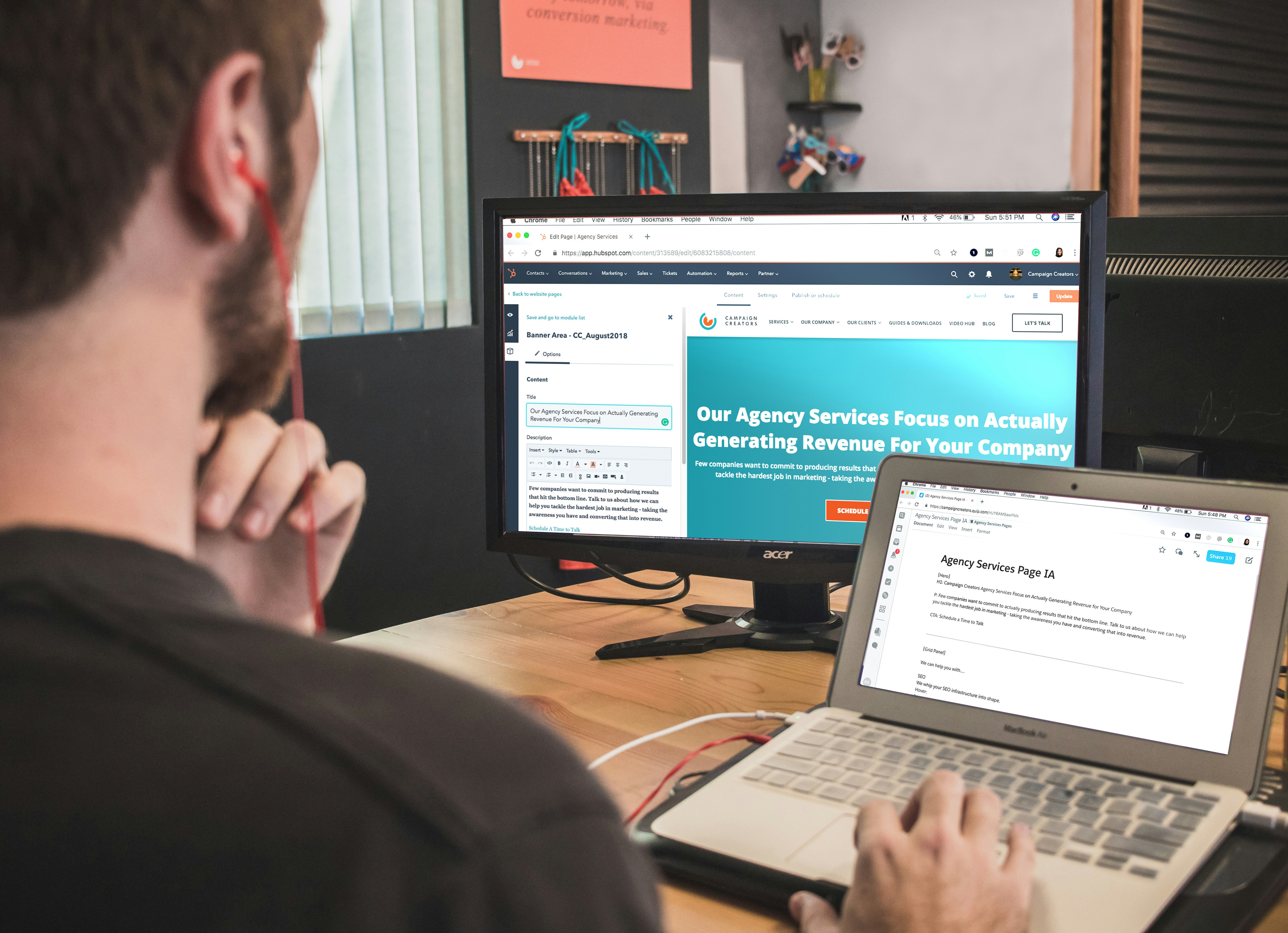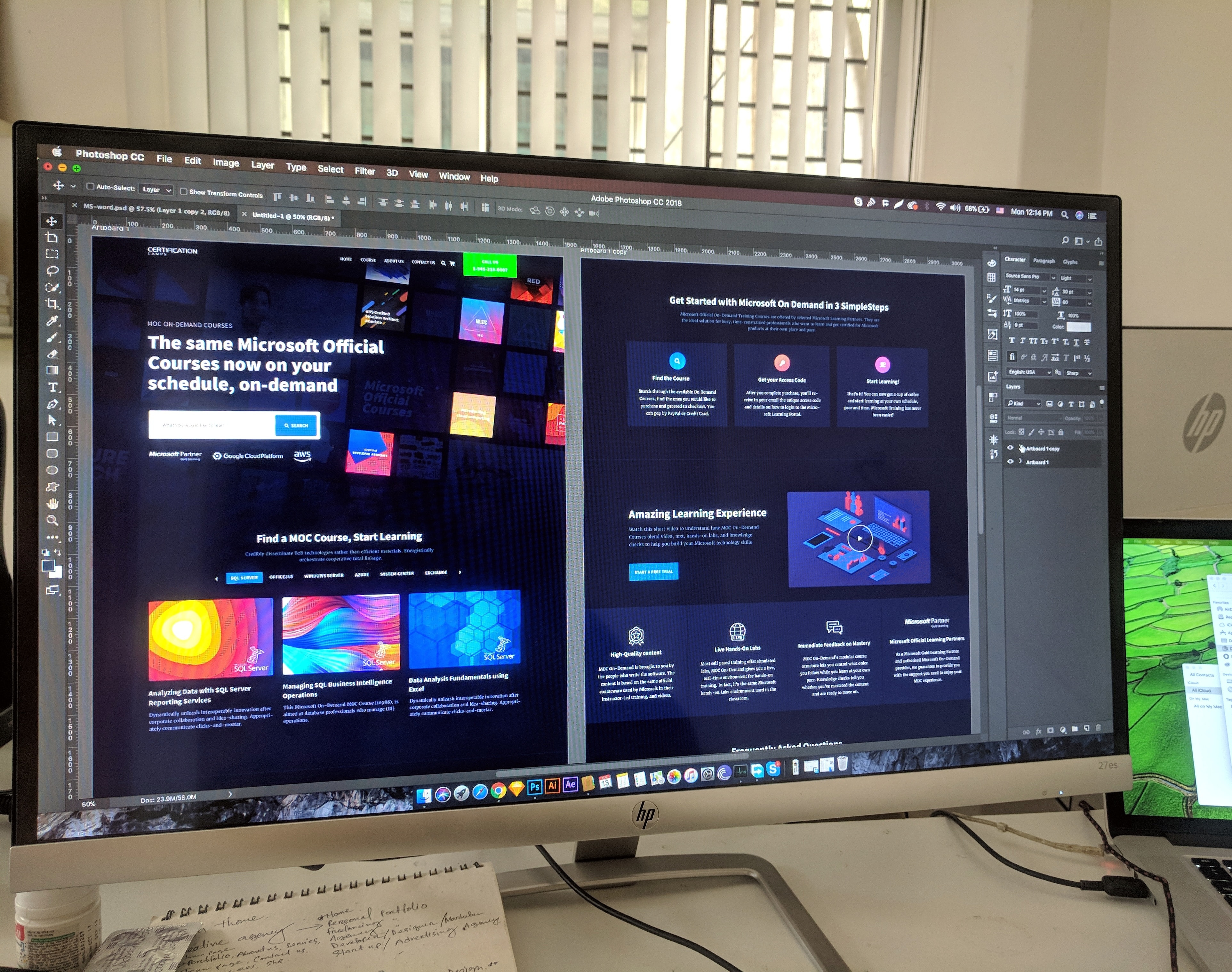The role of ux/ui design in web development
The role of ux/ui design in web development
Oct 11, 2024
Said Aidogdu
The Importance of UX and UI Design in Web Development
In the ever-evolving realm of web development, the significance of UX (User Experience) and UI (User Interface) design cannot be overstated. As digital platforms become increasingly central to our daily lives, the need for a seamless and engaging user experience has emerged as a top priority for businesses aiming to attract and retain users. This article delves into the roles of UX and UI design, their impact on web development, and how they work together to create visually appealing and user-friendly interfaces that enhance user satisfaction.
What is UX Design and How Does it Relate to Web Development?
Understanding the Basics of User Experience
UX design is primarily focused on the overall experience that users have when they interact with a product, service, or system. It encompasses various aspects, including usability, accessibility, and the emotional response users have during their interaction. In the context of web development, a well-designed user experience is crucial as it dictates how users find information, navigate through the site, and ultimately engage with the content. Good UX design aims to ensure that users can complete their tasks efficiently while feeling satisfied with the process.
The Role of UX Designers in Web Development
UX designers play a pivotal role in the web development process by conducting user research to understand the needs and preferences of the target audience. They utilize design skills to create prototypes and wireframes, which serve as blueprints for the final product. Through this iterative design process, UX designers collaborate closely with web developers to ensure that the design elements align with the technical capabilities of the platform. This synergy between UX and web development is vital in creating interfaces that are not only visually appealing but also functional and usable.
How UX Design Enhances User Satisfaction
The importance of UX design in web development lies in its ability to enhance user satisfaction significantly. A thoughtfully crafted user experience can lead to improved conversion rates, as users are more likely to engage with a site that is easy to navigate and provides clear information. By focusing on the user's needs and preferences, UX designers can create an environment where users find what they are looking for quickly and efficiently, resulting in a seamless interaction that fosters loyalty and repeat visits.
What is UI Design and Its Significance in Web Design?
Defining User Interface Design
UI design refers to the specific elements that users interact with on a web page. This includes buttons, icons, spacing, typography, and other visual elements that contribute to the overall look and feel of a website. The goal of UI design is to create an intuitive interface that allows users to interact with the product effortlessly. A well-designed user interface not only enhances the aesthetic appeal of a website but also plays a crucial role in the user experience.
Key Differences Between UI and UX Design
While the terms UX and UI are often used interchangeably, there are distinct differences between the two. UX design focuses on the overall experience and satisfaction of the user, encompassing aspects such as usability and information architecture. In contrast, UI design is more concerned with the visual aspects and interactive elements of a website. Understanding the difference between UX and UI design is essential for web developers as it allows them to tailor their approach to meet both the functional and aesthetic needs of users.
How UI Design Contributes to Usability
UI design significantly contributes to the usability of a website by ensuring that interactive elements are easy to find and use. A user-friendly interface reduces cognitive load, allowing users to navigate the site with ease. By incorporating visual design principles, such as contrast, alignment, and repetition, UI designers can create a cohesive visual hierarchy that guides users through the website. This attention to detail not only enhances usability but also ensures that the site is accessible to a broader audience, including those with disabilities.
What are the Key Differences Between UX and UI Design?
Comparing UX Designers and UI Designers
UX designers and UI designers have different focuses and skill sets, which complement each other in the web development process. UX designers are primarily concerned with research, user testing, and creating wireframes that define the user journey. They analyze user feedback to identify pain points and iterate on designs to improve the overall user experience. On the other hand, UI designers focus on the visual aspects of the interface, crafting the look and feel of the website to ensure it is both attractive and functional. Understanding these roles is crucial for a successful design and development process.
How UX and UI Work Together in Web Development
The collaboration between UX and UI designers is essential in web development. While UX designers focus on creating a seamless user experience, UI designers bring that vision to life through visually appealing designs. This collaboration ensures that the design elements support the user experience rather than hinder it. By working together, UX and UI designers can create a cohesive product that meets user needs and aligns with business goals, ultimately resulting in a well-designed digital experience.
The Impact of UX and UI on User Interaction
The impact of UX and UI on user interaction is profound. A website that incorporates effective UX and UI design principles will facilitate smoother interactions, leading to higher user satisfaction. When users interact with a site that is easy to navigate and aesthetically pleasing, they are more likely to engage with the content and convert into customers. The combination of thoughtful UX and appealing UI creates a powerful synergy that encourages users to explore further, enhancing their overall experience and interaction with the website.
Why is Usability Important in UX and UI Design?
Defining Usability and Its Role in Web Design
Usability refers to how effectively, efficiently, and satisfactorily users can interact with a web interface. In UX and UI design, usability plays a critical role as it directly affects user engagement and satisfaction. A usable interface allows users to accomplish their goals with minimal frustration, which is essential for retaining visitors and encouraging repeat interactions. By prioritizing usability in the design process, web developers can create products that are not only functional but also enjoyable to use.
How to Create a User-Friendly Interface
Creating a user-friendly interface involves several key principles, including clarity, simplicity, and consistency. Web developers should focus on designing intuitive navigation that allows users to find information quickly and easily. Incorporating feedback mechanisms, such as error messages and confirmations, can also enhance usability by guiding users through their interactions. Furthermore, ensuring that the website is visually appealing while maintaining functionality is vital in creating a positive experience that keeps users coming back.
Measuring Usability to Improve User Experience
Measuring usability is an essential step in the design and development process. This can be achieved through user testing, surveys, and analytics, which provide valuable insights into how users interact with the website. By analyzing this data, UX and UI designers can identify areas for improvement and make informed decisions to enhance the overall user experience. Continuous measurement and iteration are crucial for developing a usable product that meets the evolving needs of users and adapts to changes in the digital landscape.
How Does Information Architecture Affect UX in Web Design?
Understanding Information Architecture
Information architecture refers to the organization and structuring of content within a digital environment. A well-thought-out information architecture is crucial for facilitating user navigation and ensuring that users can find information easily. In web design, the information architecture informs the layout and hierarchy of content, directly impacting the user experience. By strategically organizing content, web developers can create a coherent structure that helps users navigate the site with ease.
The Importance of Navigation in User Experience
Navigation is a critical component of information architecture and plays a vital role in user experience. Effective navigation allows users to move seamlessly through a website, accessing different sections and content without confusion. A user-friendly navigation system enhances usability by providing clear pathways for users to follow. Furthermore, incorporating breadcrumbs, search functions, and clearly labeled menu items contributes to a positive user experience, ensuring that users can easily find what they are looking for.
Creating a Seamless User Journey Through Effective Design
To create a seamless user journey, designers must consider every touchpoint a user encounters on their path through the website. This involves designing not only functional elements but also ensuring that the overall aesthetic is visually appealing. By aligning UX and UI design strategies, web developers can create a cohesive experience that resonates with users. A well-designed user journey encourages users to explore further, providing an engaging experience that leads to higher satisfaction and greater interaction with the site.






















